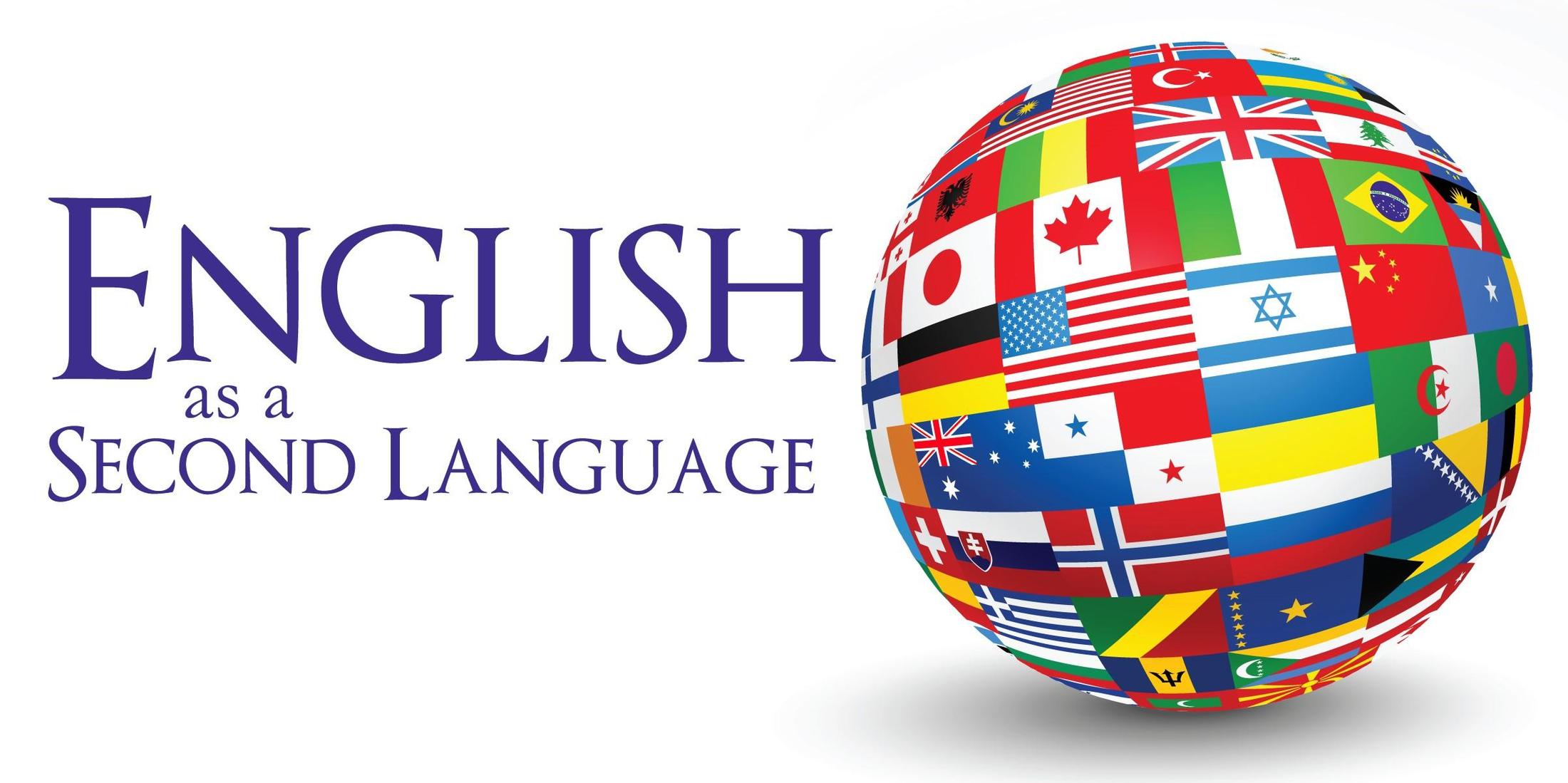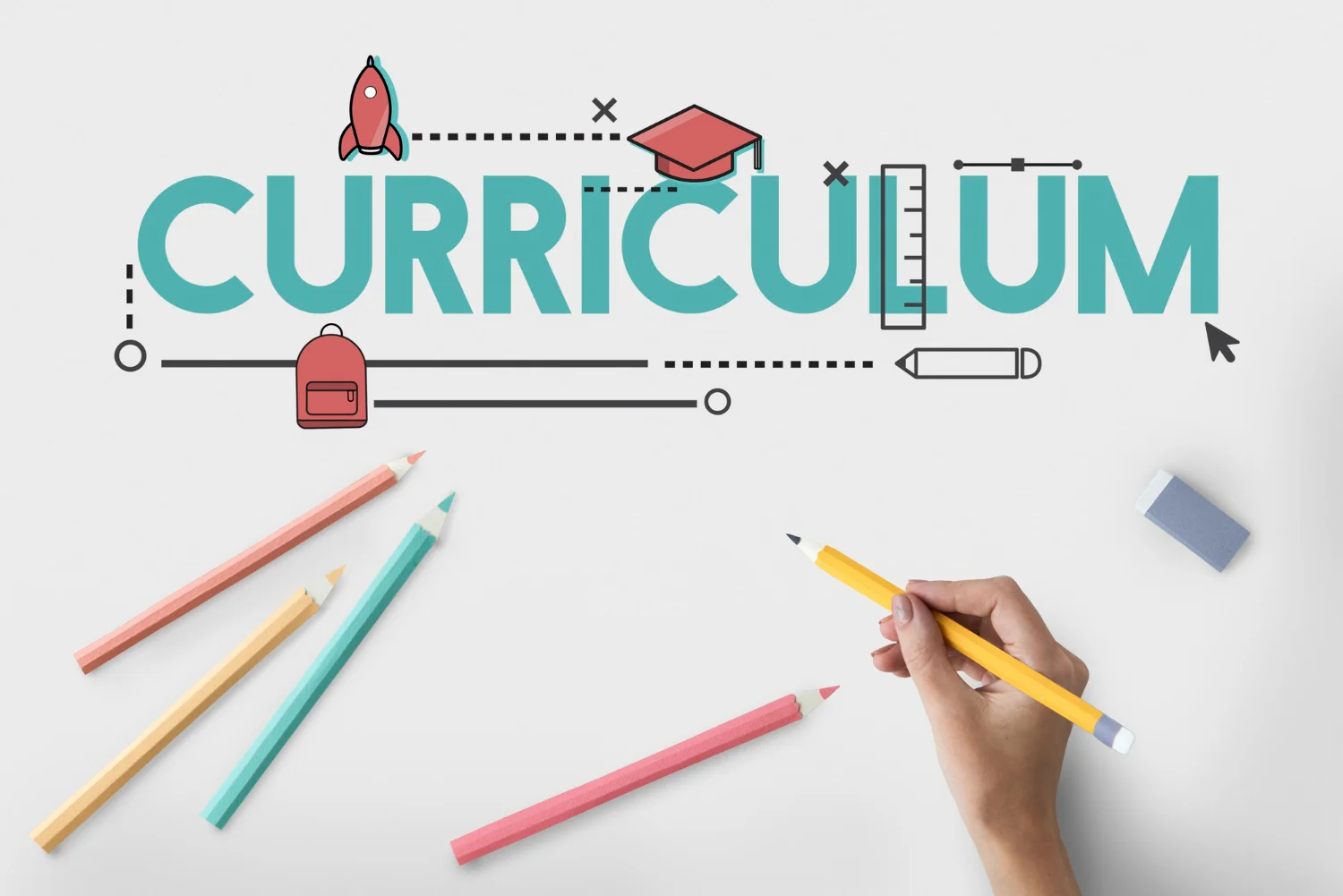ESL education introduces individuals who have a primary language other than English to the knowledge and ability necessary in many cases for learning or communicating in the English language. This is a domain that has increased quickly over the last few decades, through things such as globalization, immigration and the growing role of English in everyday life.
Why Learn ESL?
Career options: By learning English, many other different types of career options become available to you both internationally and within your local community.
Story Write ️Academic Success: English is the embedded language of academic studies, especially in higher education and research.
Social Integration: By learning English, one can assimilate into new cultures and communities.
Personal development: It can boost confidence and communication skills, improve critical thinking and other abilities.
Essential Components of ESL Education
Listening: Improving your skills to comprehend spoken English.
Speaking: Articles focused on practicing pronunciation, vocabulary, and grammar usage to communicate well.
Reading: How to Develop Reading Comprehension Skills from Simple Texts to Complicated Scholarly Academic Articles
Writing: Knowing how to write English, like essays, reports, and even emails.
Grammar: Knowing about English grammar rules and using them correctly.
Vocabulary: Know the vocabulary which would help you in expressing your ideas clearly using the least words possible.
Effective Strategies For Teaching ESL
CLT (Communicative Language Teaching): Focuses on functional communication & language proficiency in real-world contexts
TBLT:Tasks and activities that require language use.
Thematic Method: This sets the background for learning a language by thematizing the lessons and topics.
Using tech: using e.g. tech tools with personalised instruction while supporting language learning;
Challenges in ESL Education
Phonetics and Stress: the English phonetic / glottology differs from other varieties of English (American vs British, for example), causing complications in teaching and learning one way or the other.
Lack of awareness or understanding of these differences can lead to problems.
Less Exposure to Language: Limited exposure to using English outside the classroom may hinder language acquisition.
Varied learning styles and different pace of learning: Students possess varied ways of learning the concepts which require individualised instruction.
Facing Difficulties and Encouraging Achievement
Immersion — Providing an environment where English is spoken all the time.
Authentic Materials — Utilization of genuine material such as newspapers, songs, and films.
Correction: Giving improvement and constructive error feedback
Positive Reinforcement: This helps learners to cheer for their success and gives theMotivators to do more.
Cultural Sensitivity — Recognition and Respect for Familiarity and Difference of Learning;
Working with the nuances of ESL education and implementing those teaching strategies will ensure learners are set on a path that gets them to their language goals and aligns with success in today globalized world.



